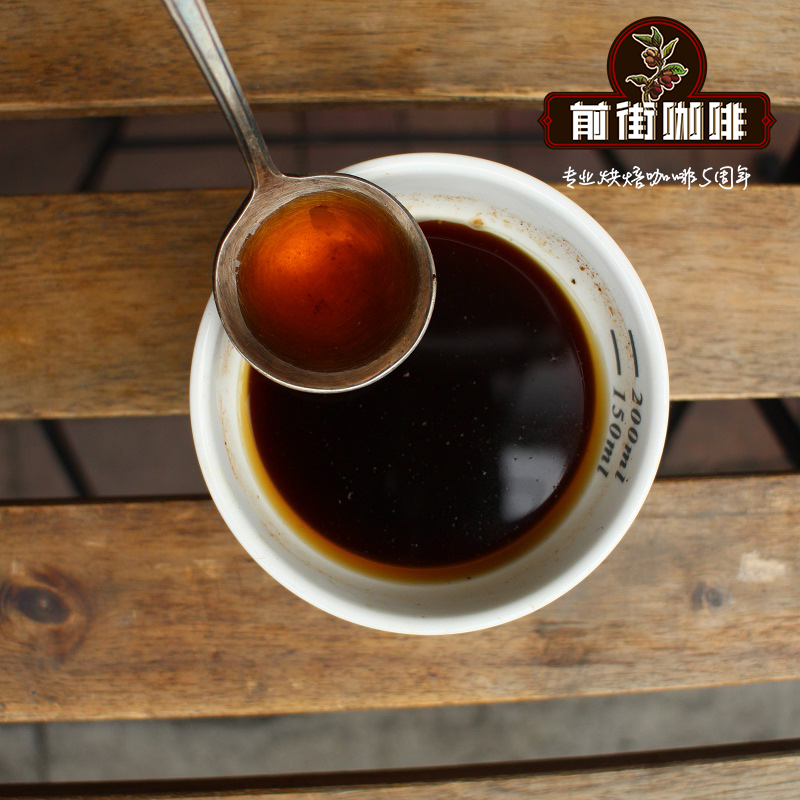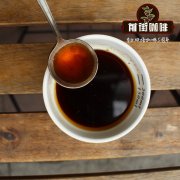Tanzania coffee producing areas introduce Tanzanian coffee flavor Tanzanian Kilimanjaro coffee

Professional coffee knowledge exchange More coffee bean information Please pay attention to coffee workshop (Weixin Official Accounts cafe_style)
Tanzania's main coffee-producing area is located at the foot of Mount Kilimanjaro, which has rich volcanic soil. Some coffee trees planted here are more than 100 years old. The earliest coffee was first introduced from Kenya by Christians. Coffee trees must be carefully cared for, weeded and fertilized.
Moreover, old branches must be cut off so that new branches can grow to maintain the quality of coffee beans. The processing plant is located at the foot of the mountain near the town to facilitate the processing of coffee beans. The equipment of the processing plant is quite complete. Coffee beans are considered an important cash crop in Tanzania, and the local government attaches great importance to this industry. Many of the farm owners have migrated to this land for several generations, but they are not necessarily local Africans. The farm owners include Indians, Nordic people, and British people. Of course, there are also locals, but most of them are small farms. However, most of the farm and processing yard managers are still local people. Workers are paid by the amount of coffee they harvest, and women are often seen carrying children on their backs. In Africa, there are no nannies, and older children have to take care of younger siblings when they are 5-6 years old. Small farm women bring coffee berries to their farms in hand-made sacks to earn money.
The coffee beans produced here are all Kilimanjaro coffee exports, but in addition to Kilimanjaro Mountain, there are several major coffee producing areas in Tanzania, and there are more small farms operating in other areas. Most of the small farms also have several hundred acres of seed area. Some have their own washing equipment and bean drying fields, but the grading treatment is still through large processing plants. Tanzania has a long history of coffee growing, and even small farms can handle good quality coffee beans.
Tanzania Coffee Major Arabica coffee producing areas
Kilimanjaro Mt. Moshi region: mainly on the slopes of Mount Kilimanjaro
Meru Mt. Arusha region
Oldeani's Mbulu region
Near Malawi border Pare region on Nisar South Highlands
Robusta coffee is also cultivated in Tanzania. It was introduced and transplanted from Congo in the early stage. It is mainly planted in Lake Victoria in western Tanzania near Uganda border. Most of it is sold to Europe, but Arabica is still the main coffee cultivated in Tanzania.
Tanzania's economy is not prosperous. Most people still rely on agriculture. There are not a few people engaged in coffee industry. Another main source of income depends on tourism income brought by wildlife, the natural resources of this country. Tanzania's Maasai people are naturally free to approach nature. Because they are unwilling to accept the constraints brought by civilization and work, they can retain the most primitive customs of this nation. Even if many Maasai people are educated, those who can speak some English can find good jobs. Interestingly, the vast majority of Marseilles are naturally the best security personnel, because they do not want to do the nature of the service work, in many local restaurants, restaurants, companies are hired as a security guard, 24 hours a day for three months only once a week to a month, quite competent.
In coffee farms and processing plants, you can see many women working on coffee to supplement their families, hand-selecting coffee grades, and everyone chatting and chatting as they work. Labor is cheap in Tanzania, so much of the work of tending farms, pruning and maintaining coffee plantations depends on manual processing rather than machines. The coffee is green, but it is still green, and the busy season is not yet over. The coffee worker's job is to manually inspect and pick off some leaves that are sick or infested. Basically coffee processing in Tanzania is highly dependent on labor, but it also brings job opportunities for locals to increase household income.
Suggested parameters: filter cup V60, grinding degree small Fuji 3.5 scale, water temperature 90°, powder-water ratio 1:15,15 g powder brewing 225 g water, total brewing time 2 minutes
Important Notice :
前街咖啡 FrontStreet Coffee has moved to new addredd:
FrontStreet Coffee Address: 315,Donghua East Road,GuangZhou
Tel:020 38364473
- Prev

Guatemala Antigua production area planting story? Flavor and taste characteristics of Belle Camona estate?
Professional coffee knowledge exchange More coffee bean information Please pay attention to coffee workshop (Weixin Official Accounts cafe_style) Guatemala Antigua production area planting story? Flavor and taste characteristics of Belle Camona estate? Guatemala Bella Carmona Antigua is a single farm from the Antigua region in traditional Guatemala. This village was occupied by Agua.
- Next

Ugandan coffee producing areas introduce the flavor characteristics of Ugandan coffee how to drink Ugandan coffee?
Professional coffee knowledge exchange more coffee bean information please follow the coffee workshop (Wechat official account cafe_style) Uganda is located in the Nile is located in Africa, the source of the sea, although the same as other East African countries have a long history of producing coffee, but due to the war caused by ethnic antagonism has never been able to improve the quality of coffee, good coffee is mostly grown in areas adjacent to Kenya
Related
- Detailed explanation of Jadeite planting Land in Panamanian Jadeite Manor introduction to the grading system of Jadeite competitive bidding, Red bid, Green bid and Rose Summer
- Story of Coffee planting in Brenka region of Costa Rica Stonehenge Manor anaerobic heavy honey treatment of flavor mouth
- What's on the barrel of Blue Mountain Coffee beans?
- Can American coffee also pull flowers? How to use hot American style to pull out a good-looking pattern?
- Can you make a cold extract with coffee beans? What is the right proportion for cold-extracted coffee formula?
- Indonesian PWN Gold Mandrine Coffee Origin Features Flavor How to Chong? Mandolin coffee is American.
- A brief introduction to the flavor characteristics of Brazilian yellow bourbon coffee beans
- What is the effect of different water quality on the flavor of cold-extracted coffee? What kind of water is best for brewing coffee?
- Why do you think of Rose Summer whenever you mention Panamanian coffee?
- Introduction to the characteristics of authentic blue mountain coffee bean producing areas? What is the CIB Coffee Authority in Jamaica?

